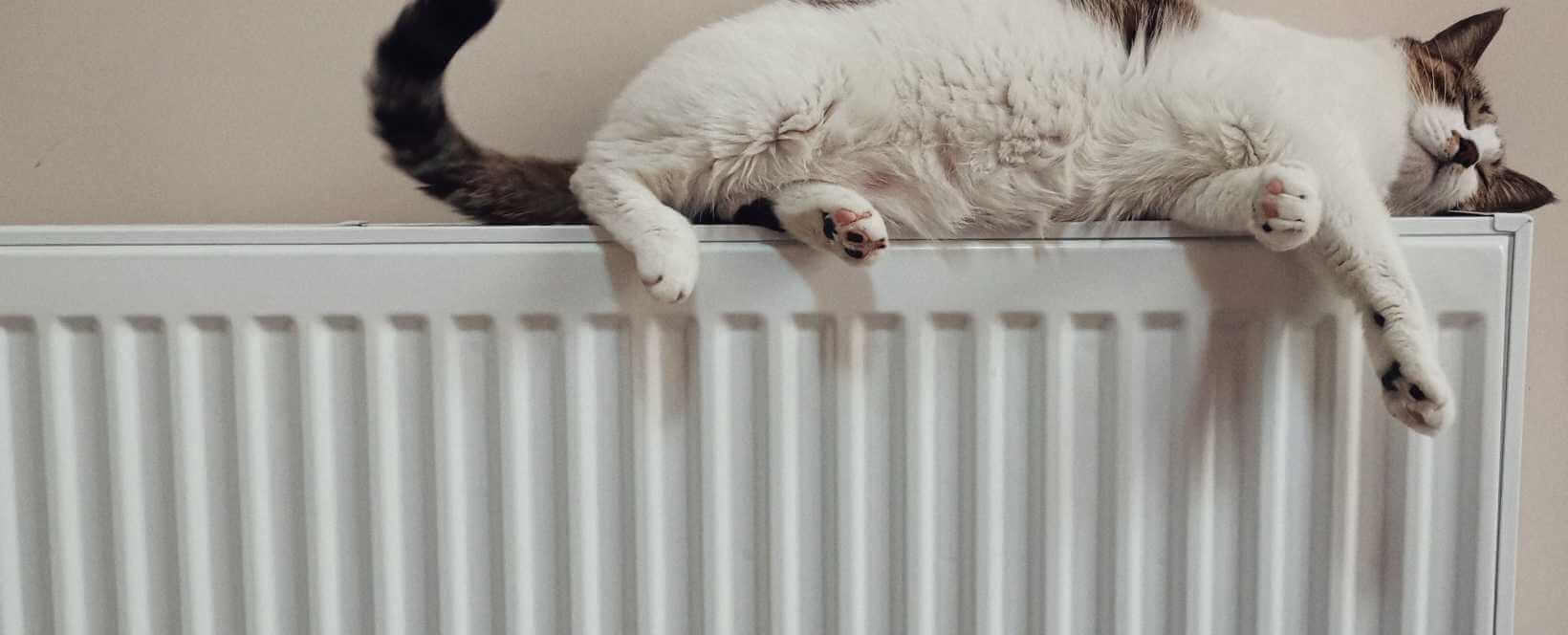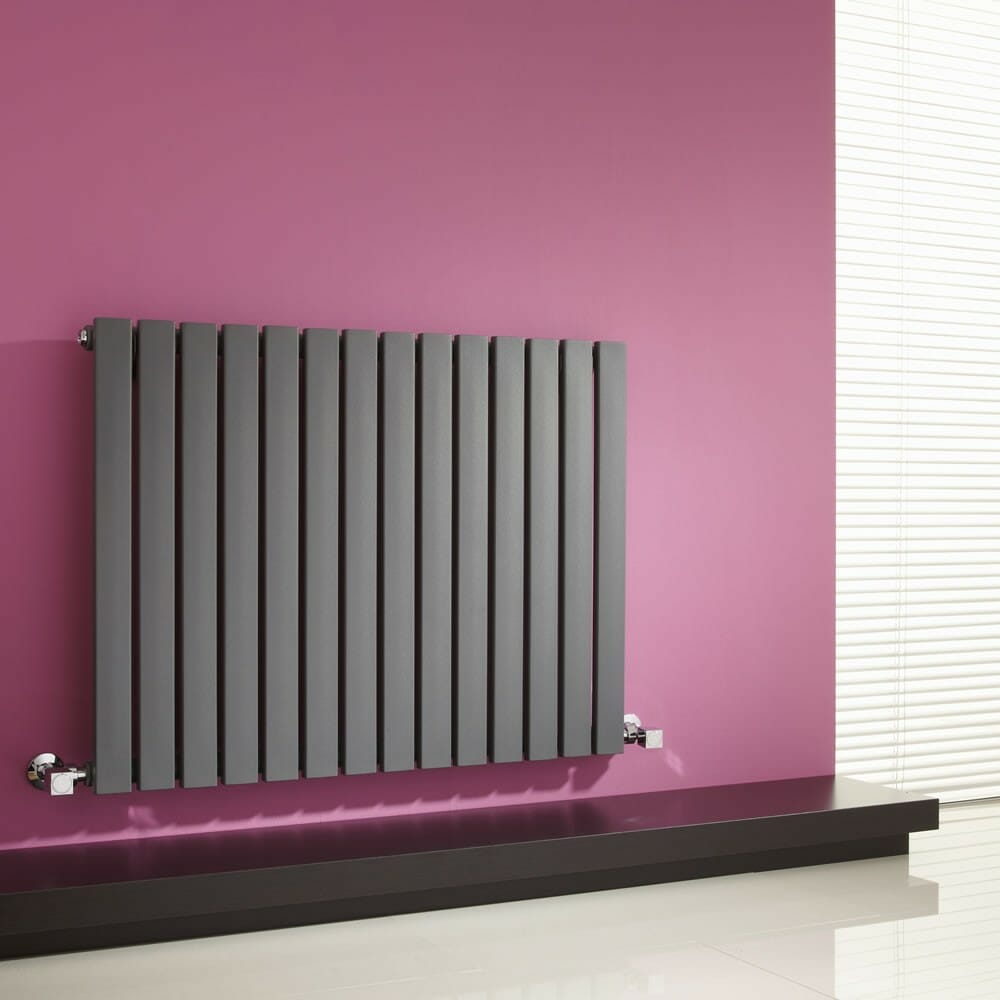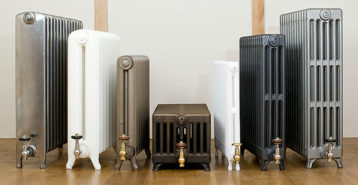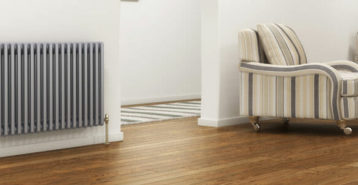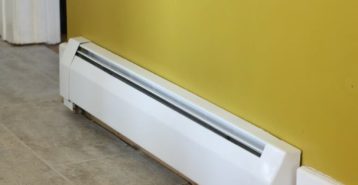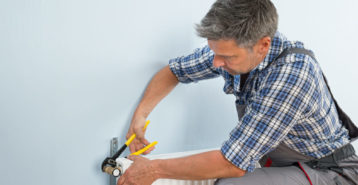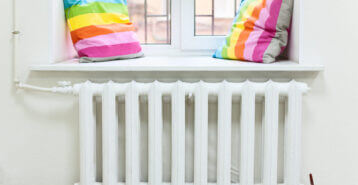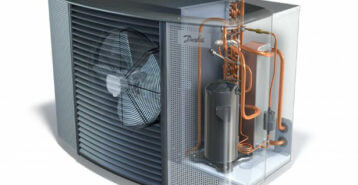What Are Panel Radiators?
Panel radiators deliver sleek, quiet warmth in a slim profile. Built from thin steel or aluminum panels that circulate hot water, they create broad surface area for steady, comfortable heat without taking up much space. Most modern models pair with a boiler and typically run at lower water temperatures than traditional radiators.
Panel Radiator Installation Costs
Most homeowners spend about $900 per panel radiator installed, with a typical range of $300 to $1,500. Your price depends on size, output, style, and whether you choose standard or designer finishes.
| Item | Typical Cost | Notes |
|---|---|---|
| Cost per radiator installed | $300 to $1,500 | Standard sizes, basic installation. |
| Radiator unit only — single panel, ~24 inches | $100 to $300 | Compact rooms and baths. |
| Radiator unit only — single or double panel, 24 to 36 inches | $200 to $500 | Most common sizes. |
| Radiator unit only — double panel, over 36 inches | $400 to $1,000 | Higher output for larger rooms. |
| Designer or premium models | $500 to $2,000 | Specialty finishes, styles, or towel warmers. |
Factors That Affect Panel Radiator Costs
A few choices drive most of the budget. Ask your contractor for a line-item quote so you can compare equipment, labor, accessories, and a reasonable contingency.
- Size and Output: Larger, double-panel models with higher British thermal unit (BTU) ratings cost more.
- Style and Finish: Designer looks, custom colors, and towel-bar models add to equipment price.
- New Piping or Valves: Re-piping, adding thermostatic radiator valves (TRVs), or relocating a unit increases labor.
- Electrical or Control Upgrades: Smart thermostats or zone controls raise costs.
- Access and Layout: Tight spaces, wall repairs, or working around finishes can extend install time.
- Refurbished vs. New: Refurb units can save upfront, but prep or repainting may be needed.
Panel Heating Installation Process
A pro will size, mount, and connect your panel radiator for code-compliant, efficient operation.
- Assessment and Sizing: Calculate room load and choose panel size and output.
- Preparation: Shut down the boiler, protect surfaces, and mark mounting points.
- Mounting: Level and secure brackets. Hang the panel with required clearances.
- Connections: Tie into supply and return lines, add valves or TRVs, and purge air.
- Testing and Balancing: Restore heat, check for leaks, and verify thermostat control.
- Homeowner Walkthrough: Review clearances, cleaning, and basic maintenance.
Panel Radiator Types
Choosing the right configuration helps match comfort, budget, and room layout.
- Single-Panel: A thin, flat radiator with one heating panel. It takes up very little space and works well in small rooms, like a bathroom or office.
- Double-Panel: Two panels stacked together for more heat — still fairly slim. Choose this when you need extra warmth in larger rooms without using a bigger footprint.
- Vertical Panels: Tall, narrow radiators that run up the wall. They fit where you have height but not width, and they add a clean, modern look.
- Horizontal Panels: Wide, low radiators that sit under windows to counter drafts. This is the classic placement for even heat and good airflow.
- Towel Radiators/Warmers: Panel radiators shaped for hanging towels, common in bathrooms. They can run on hot water from a boiler (hydronic) or electricity, and they keep towels dry while heating the room.
Pros and Cons
Panel radiators offer modern style and flexible placement, but they are not ideal for every space. Here is how they compare to other common household heating options.
| Feature | Panel Radiator | Column Radiator | Cast-Iron Radiator | Baseboard (Hydronic) |
|---|---|---|---|---|
| Upfront cost | Low to moderate | Low to moderate | Moderate to high | Low to moderate |
| Operating cost | Low to moderate (with efficient boiler) | Low to moderate | Moderate | Moderate |
| Comfort feel | Gentle radiant and convection, quick response | Strong convection, broad surface | Slow, even warmth with high mass | Convection along walls |
| Space impact | Very slim, wall-mounted | Deeper footprint | Bulky, floor-mounted | Low profile along walls |
| Best use | Modern retrofits, baths, bedrooms | Larger rooms needing output | Period homes, steady heat | Perimeter heating, zoned rooms |
Pros
- Slim, Space-Saving Design: Fits tight walls in bedrooms, living areas, and baths.
- Quiet, Comfortable Heat: Mix of radiant warmth and convection without blower noise.
- Modern Look and Options: Wide range of sizes, vertical or horizontal, and designer finishes.
- Room-by-Room Control: Thermostatic valves support zoning and comfort.
Cons
- Less Thermal Mass Than Cast Iron: Cools faster once the boiler shuts off.
- Clearance Needed for Airflow: Crowding with furniture or drapes reduces performance.
- Designer Styles Cost More: Premium finishes and towel-bar models increase price.
Panel Radiator Installation FAQs
Are flat panel radiators any good?
Yes. They provide quiet, even heat in a slim package and are ideal where wall space is limited. With proper sizing and a good boiler, they deliver efficient, comfortable warmth.
What are the disadvantages of panel radiators?
They have less thermal mass than cast iron, so they lose heat faster when the system cycles off. They also need clear space for airflow, and designer styles can raise costs.
Why don’t homes use radiators anymore?
Many newer homes use ducted systems or heat pumps. That said, radiators remain popular in some homes for their comfort, zoning, and quiet operation — especially with modern, low-temperature boilers.
How long do flat panel radiators last?
Quality steel or aluminum panels can last 15 to 25 years or more with proper installation, balanced water quality, and routine maintenance.
Explore other radiator types:
Next Steps
If you want modern style, quiet operation, and flexible placement, panel radiators are a strong choice. Get at least three quotes that list equipment, labor, valves, finishes, delivery, and disposal, plus a contingency. A licensed pro will size the radiator correctly, install valves and controls, and balance the system for efficient performance. Modernize can help you compare vetted local contractors so you can move forward with confidence.
Compare top-rated HVAC pros in your area.
Read real homeowner reviews, explore qualifications, and view promotions. Modernize makes it easy to browse professionals and find one that will be perfect for your project.
